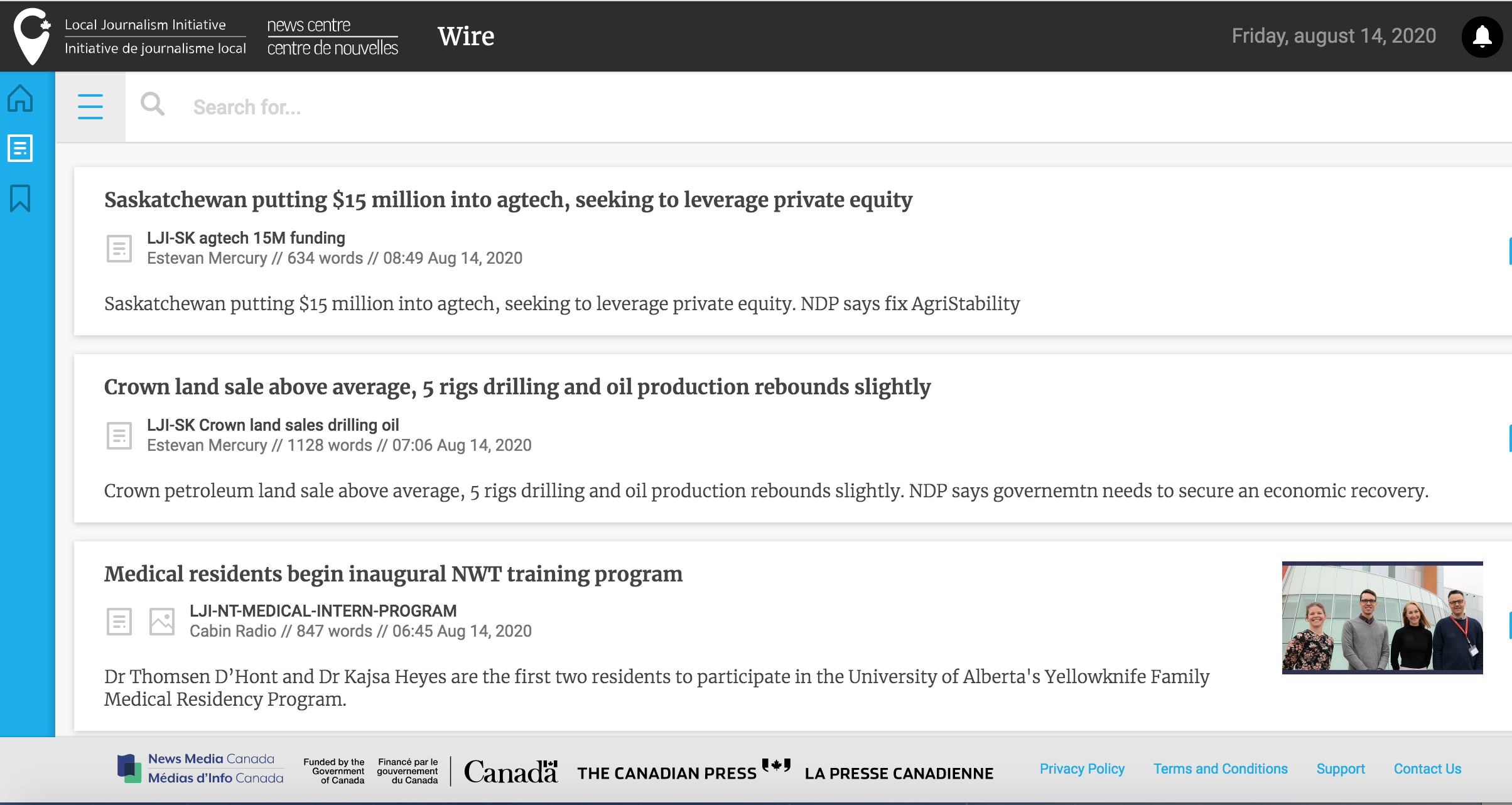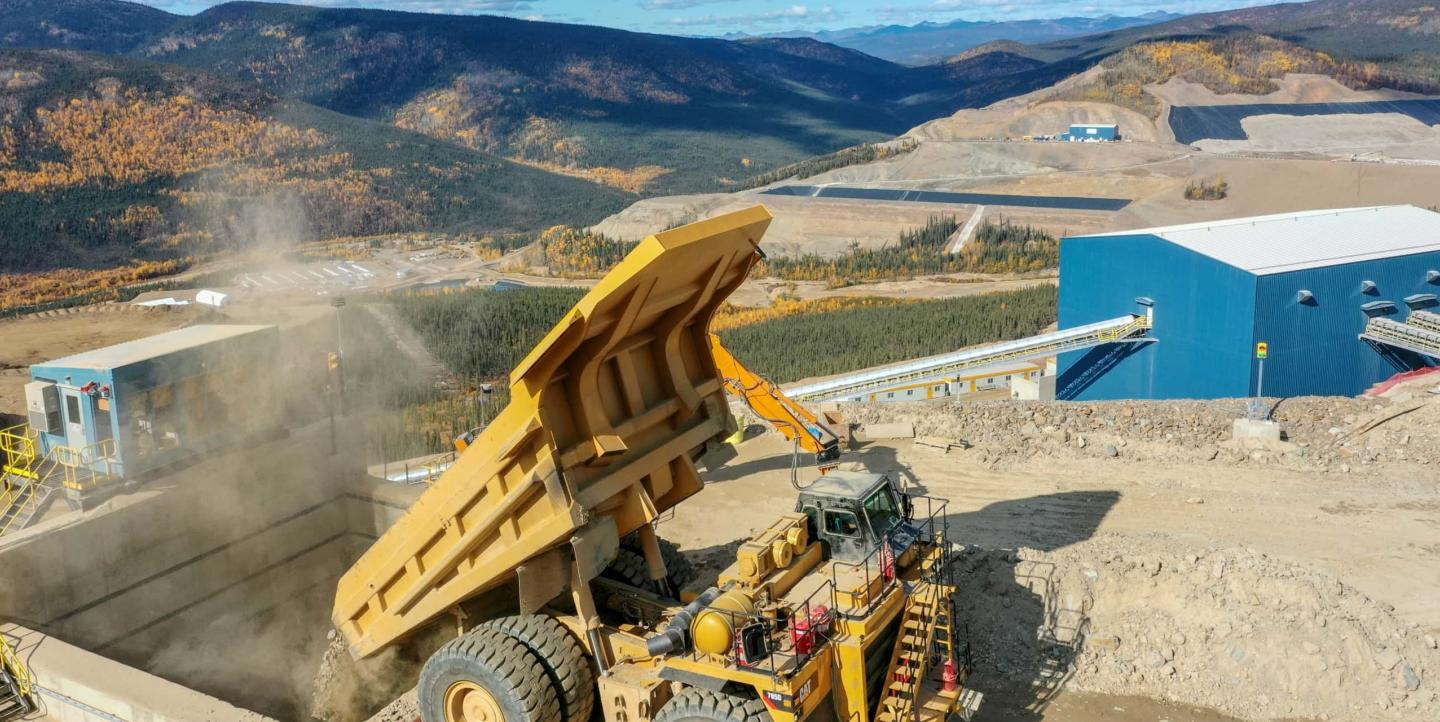In April, rapid snowmelt led to dangerous releases of arsenic-contaminated wastewater at a gold mine in Canada’s Yukon. The incident might have been buried in company documents if not for a tip to local reporter Julien Gignac, who had just started on the job for investigative magazine The Narwhal a few weeks earlier.
“Julien's scoop on a gold mine's wastewater dump and his deep dive about the fallout from a zinc mine's bankruptcy were among our top six most-read stories [in June 2020],” said Arik Ligeti, audience engagement editor at The Narwhal. “Both pieces drew attention outside of Yukon, with 60-70% of traffic coming from British Columbia, Alberta and Ontario. This included a significant audience share in the business hubs of Calgary, Toronto and Vancouver.”
Neither Gignac’s articles nor their impact would have materialized a year ago. Local news in Canada has been in a long decline due to the same distribution challenges and revenue losses bedeviling journalism around the world. But a new federal government program called the Local Journalism Initiative (LJI) offers some hope — and lessons to learn from — on turning that story around.
[Read more: Strengthening local journalism: 10 tips for newsrooms]
Taking a cue from Report for America in the U.S. and the Local Democracy Reporting Service in the U.K., LJI was launched at the end of 2019 to bolster news coverage in Canada’s news deserts. One of the key differences to other journalism subsidy programs, however, is that LJI is set up as a five-year, CAD50-million fund, making a long-term commitment to local news. LJI has also put collaboration in the foreground, with a dedicated newswire powered by open and accessible technology, along with simple rules for distributing and sharing content.

Emma Gilchrist, co-founder and editor-in-chief of The Narwhal, said the project’s mission to inform and empower citizens is what motivated her publication to apply for an LJI grant. “Having a reporter based in the north is really important to us because residents of the north are experiencing the impacts of climate change first-hand in really tangible ways, and at a faster pace than southerners,” said Gilchrist.
LJI grants are awarded to news outlets to hire reporters for a particular beat, such as local government, the environment or Indigenous issues. The grants are flexible, however, so that an LJI reporter can cover breaking stories, as well. Gignac was one of these hires.
[Read more: Collaboration: preparing for potential challenges]
Ollie Williams, programming and news editor at LJI grantee Cabin Radio in Yellowknife, said, “We've been able to report the politics of the Northwest Territories' Dehcho region in much greater depth than would otherwise have been possible, and we've been able to cover the pandemic's impact on the region in a way that wouldn't previously have been possible.”
Such promising early results have been bolstered by the technology behind the project. While News Media Canada, the initiative’s largest administrative partner, awards the grants, The Canadian Press, the project’s operational lead, is responsible for the LJI content portal.
The Canadian Press chose an open-source platform called Superdesk Newshub that was co-developed by the Australian Associated Press and Prague-based software company Sourcefabric. “Because it was designed by journalists, it gives us that ease of use and intuitive way of working,” said Andrew Lundy, vice president of digital at The Canadian Press.
In essence, the LJI News Portal created a local newswire for small and independent news outlets, with a network of external contributors filing stories from around the country. That mandated a solution that was user-friendly, web-based, bilingual in French and English, and scalable. “With 200 grants awarded so far, we are already averaging about 2,500 stories a month and it won’t be a stretch to say it will reach 3,000 soon,” said Gerry Arnold, executive editor at The Canadian Press.
LJI content has already begun cross-pollinating the country’s news outlets, even among rivals in the same region. Amy Logan, supervising editor for the LJI at The Canadian Press, observed, “There are fierce competitors in North Bay, Timmins and Sudbury [all in Ontario] using each other's content.” Cross-regional cooperation is emerging as well, as news outlets in neighboring provinces publish each other’s stories. Several of Gignac’s stories, for example, have been picked up by newspapers in Saskatchewan.
“LJI is an excellent initiative to provide greater coverage in areas that need more attention. Speaking from my own experience thus far, there is untapped potential in the Yukon for stories that focus specifically on the environment. It's important that The Narwhal is tapping into that now,” said Gignac. “I hope it continues.”
Main image shows the Eagle Gold mine from Julien Gignac's story for The Narwhal. Credit: Bighouseproductions.ca.
As a writer, Anna Rohleder covers topics ranging from spirituality to sustainability; in her day job, she directs communications for Sourcefabric.

